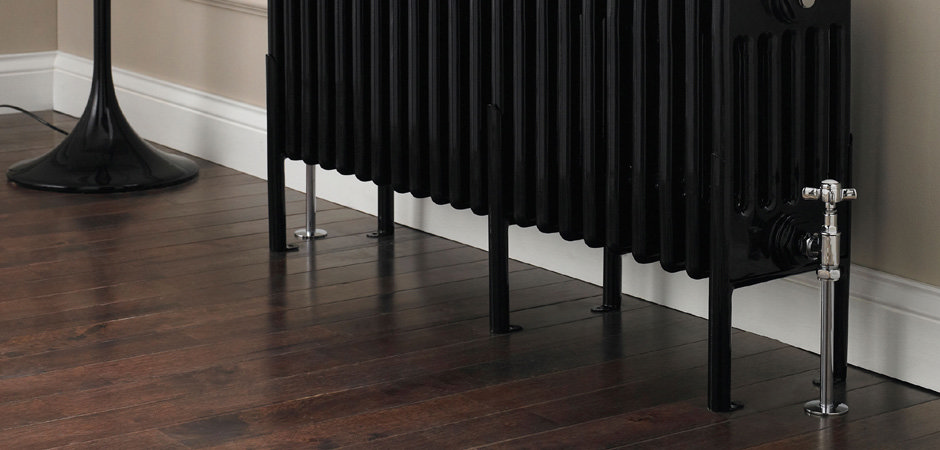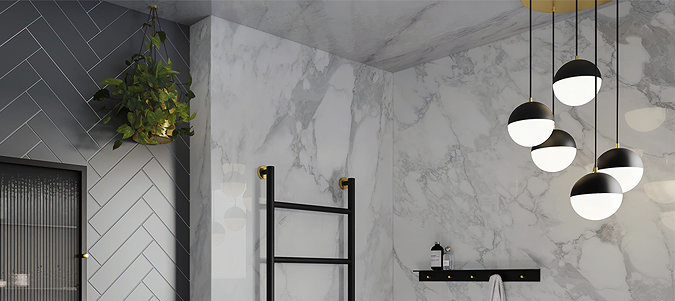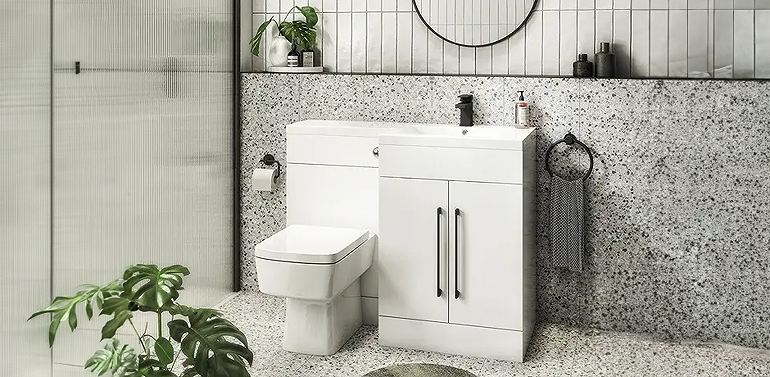UP TO 60% OFF SPRING SALE!
Free Delivery on Orders Over £499**
which radiator valves should i buy
Which Radiator Valves Should I Buy?
We explain the differences between different types of radiator valve and make the decision easier. Confused between TRVs and taps? Angled or straight? Read on to discover the ins and outs of radiator valves.

Which Radiator Valves?
A common mistake when choosing radiator valves is not correctly identifying the valve to accompany your radiator. It is an easy mistake to make as there are so many different varieties available, and it is only a small part of a bathroom if you’re doing a complete renovation. So, we are here to help and explain the different types of radiator valves and how to identify them, hopefully meaning it won’t happen to you.
The first thing that you should identify when deciding which radiator valves to buy is whether you will need an angled or a straight valve. Most commonly, radiators have Bottom Opposite End (BOE) connections. A simple way of explaining this is that the connection between the radiator and the water supply is placed at the bottom of the radiator and on either end of it.
What are the Differences Between Angled and Straight Valves?
Angled radiator valves are true to their name as they connect the radiator with the central heating pipework at an angle, generally 90 degrees. They are used when the pipework comes out of the wall or from below the floorboards and will therefore need an angle to be able to fit into the radiator inlet connection. Angled valves are being used more and more as they look neater and have less visible pipework than a straight valve.
Straight valves also live up to their name, as they have no bends or curves and just connect the central heating with the radiator straight up from the floor horizontally. Therefore, if your pipework is to run along the wall straight into the radiator, it would be the most appropriate choice to purchase a straight valve.
What are the Different Types of Valves?
There are two main different types of valves; manual and thermostatic.
Manual Valve
A manual radiator valve is the most common type and works quite similarly to a tap, as you simply turn it on to allow the central heating to pass into the radiator, and when it is at a sufficient temperature, you can turn it off again. It is a simple design, but it does mean that you need to keep an eye on your heating bill because it can creep up on you if you do not turn it off.
Thermostatic Valve
A thermostatic radiator valve (or TRV) is the most practical type of valve because you can adjust the temperature in each room to whatever you feel is comfortable. It will regulate the flow of the central heating into the radiator and will reduce this flow as the room heats up, meaning that it can save you a lot on heating bills. For more information, read our article on how a TRV works.
Important note: Houses are required to have at least one radiator valve that is not a thermostatic valve in order for there to be one radiator that has the central heating to flow through it constantly, therefore reducing the chances of damage to the boiler. It is best to place this non-thermostatic valve in either the bathroom or in the room where the thermostat is fitted. Please also confirm whether your new central heating system meets the requirements of both Part L and Part J of Building Regulations.
Interested in smart heating too? Then read our guide to smart heating systems.



